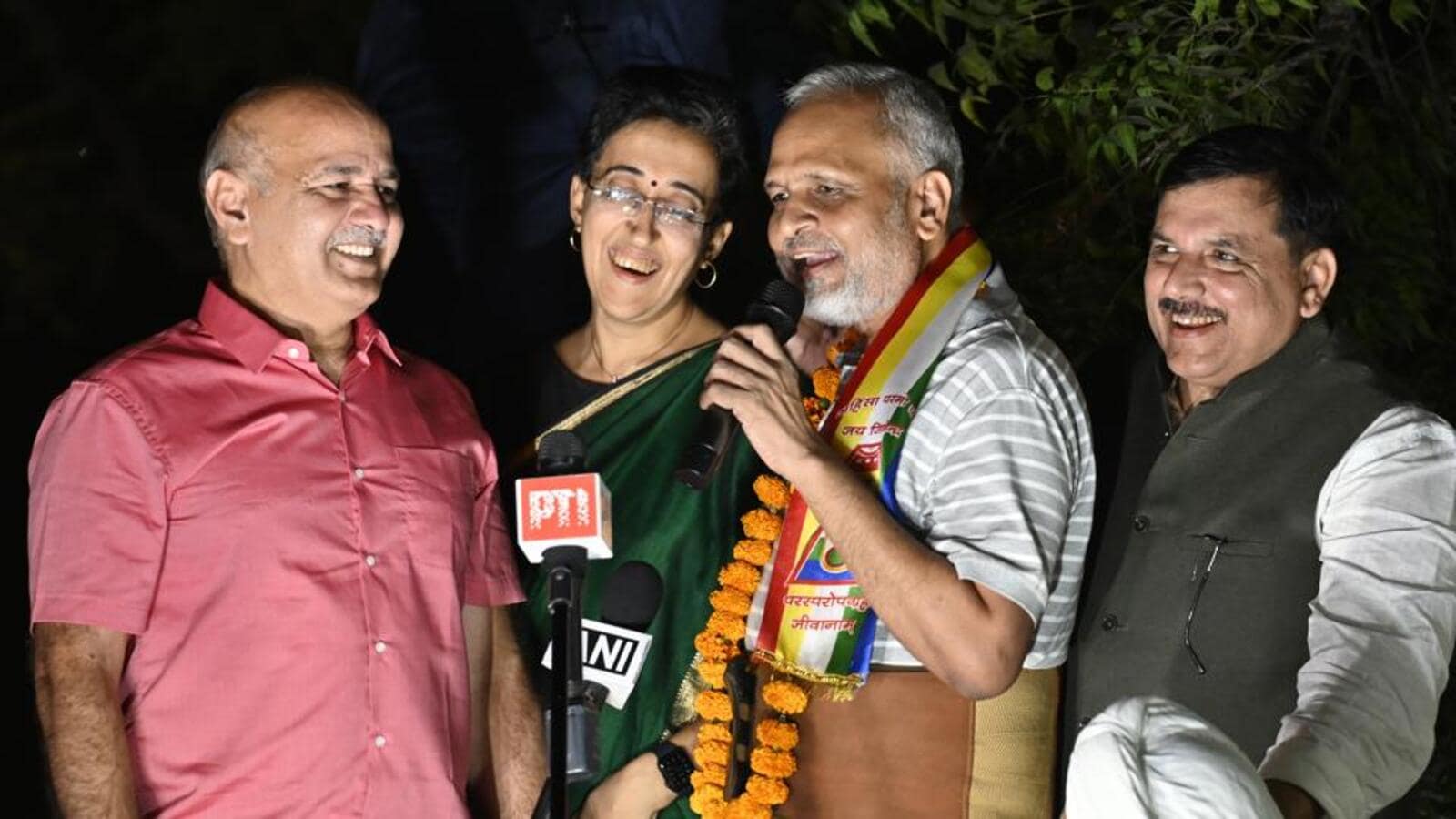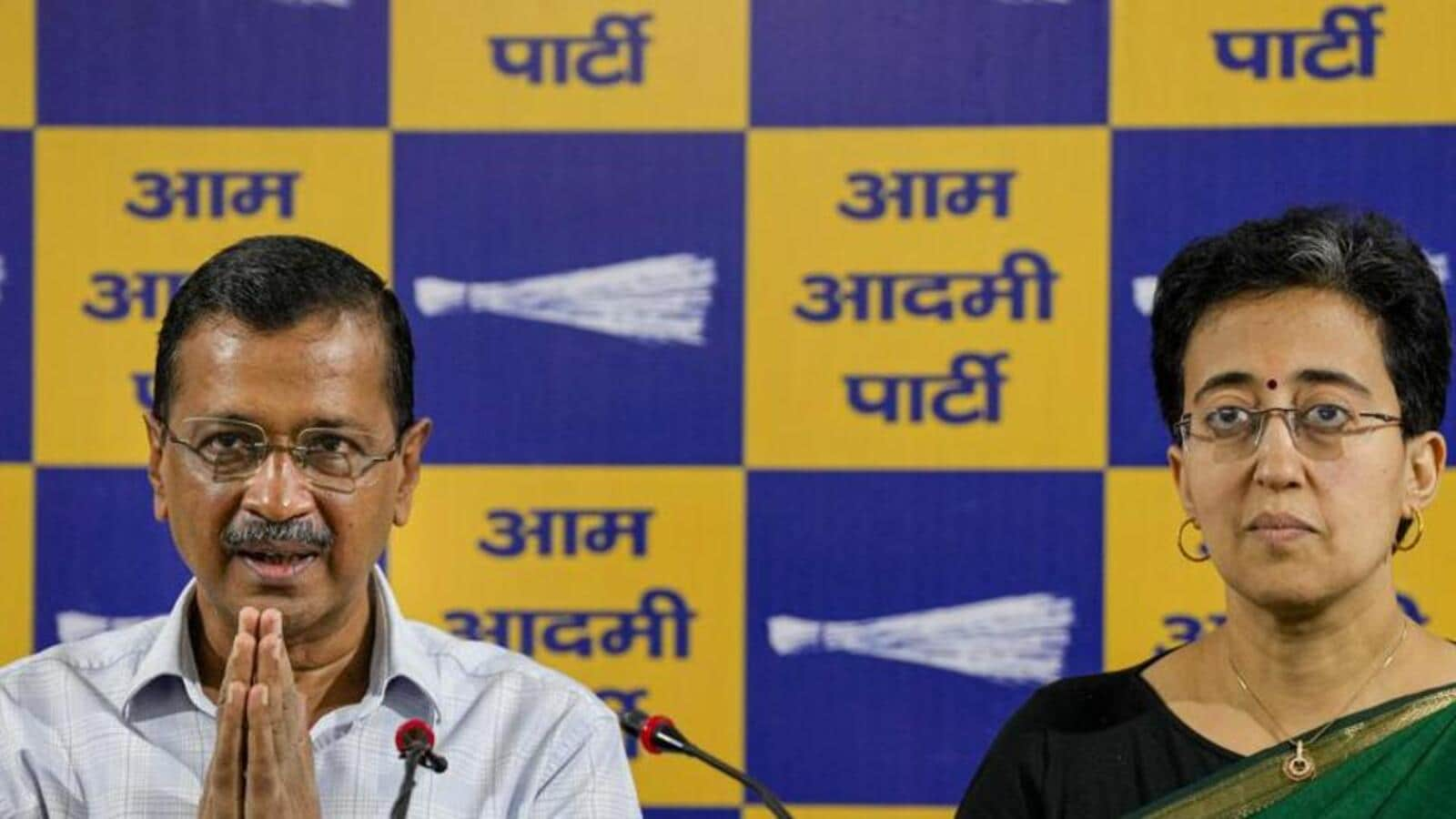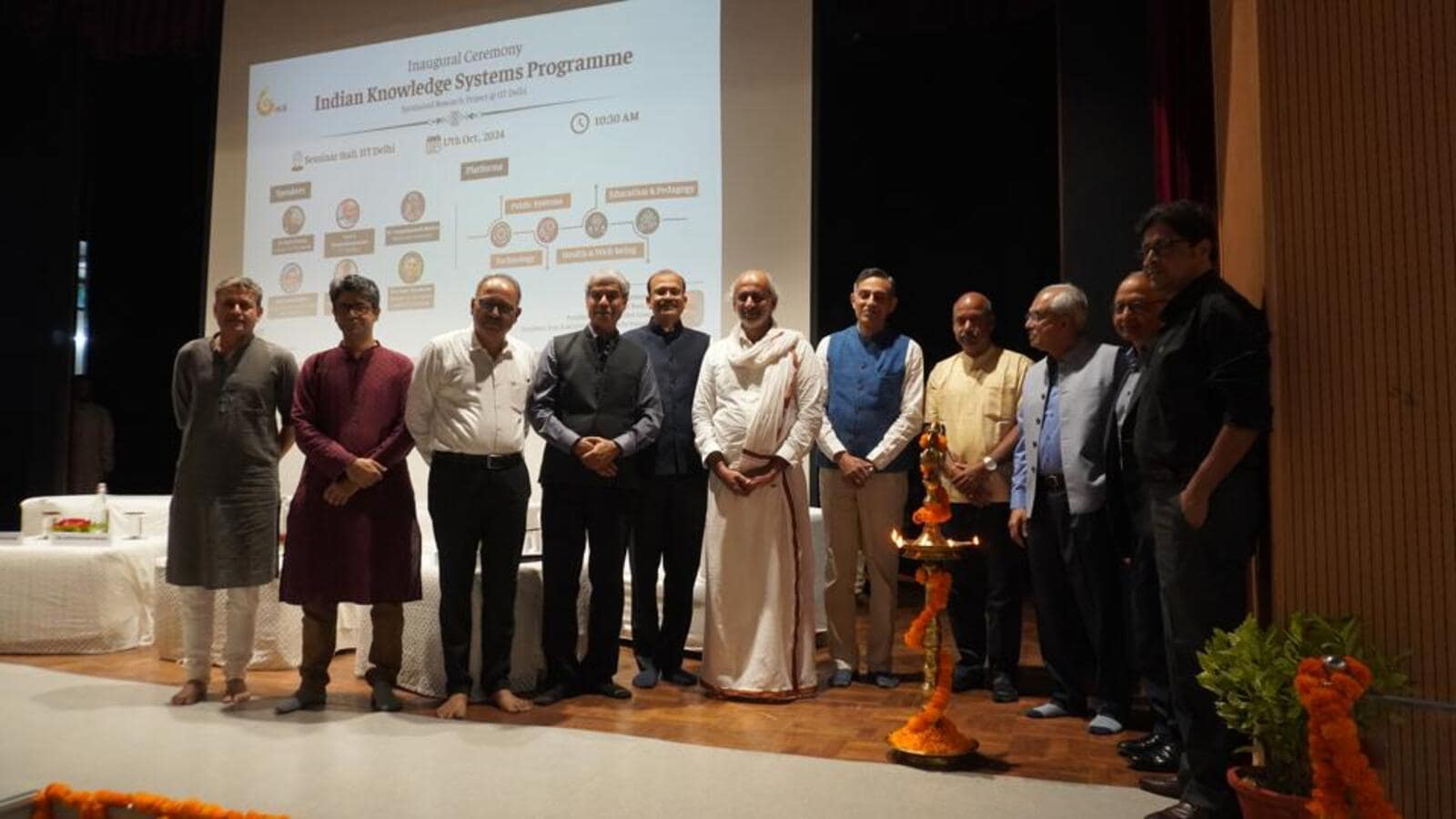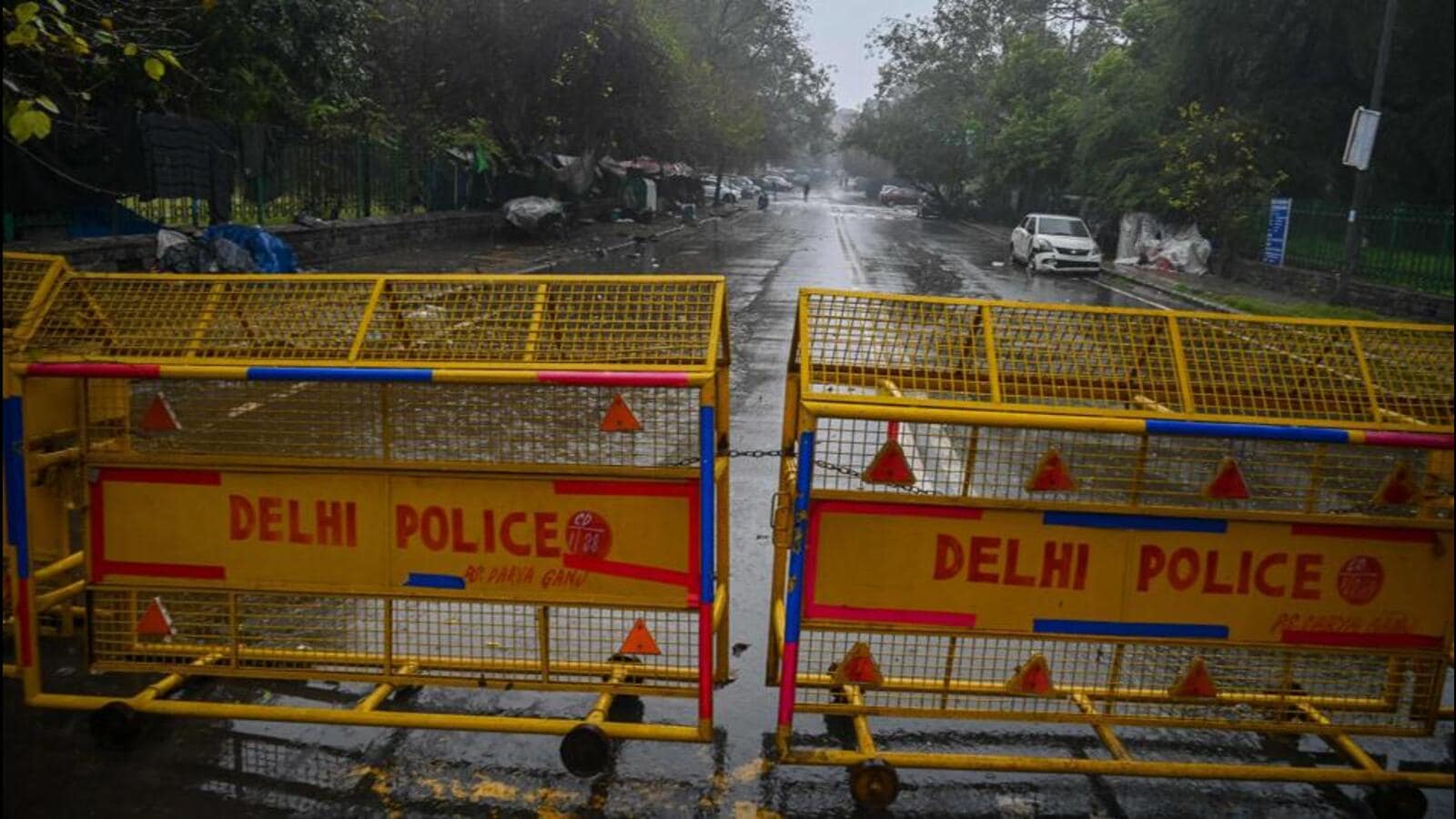On four of the last six days till Friday, Delhi’s air quality early warning system (EWS) — which utilises “different satellite data sets” and is “based on state-of-the-art atmospheric chemistry transport models” — has made incorrect predictions. On October 13, for instance, it predicted the air would be at “moderate” level, but the air quality index (AQI) was well into “poor”. The following day, when it forecast an improvement, it became worse, with the AQI deteriorating further into the poor zone.

This is not new.
In 2023, when the city had its first “severe” air pollution day (the AQI shot past the dismaying 400 figure) on November 2, the EWS missed the signs by a wide six-day margin — at the time, it predicted the AQI would not slip into the deep red zone till November 9.
Launched in October 2018 to provide air quality warnings up to 10 days in advance, the EWS has had a worrying track record, leaving citizens uninformed about when they should take precautions to cope with the annual public health crisis, and authorities unable to announce curbs that could prevent some of the deterioration or at least allow them to respond faster to the conditions.
To illustrate the consequence from a recent example, the Commission on Air Quality Management (CAQM) opted not to invoke the first stage of the pollution-related curbs on October 13, citing the EWS prediction that the air would improve the following day. But the air worsened, prompting CAQM to hurriedly implement the curbs on October 14.
The project is run by the Indian Institute of Tropical Meteorology (IITM), Pune, and functions under the Union ministry of earth sciences. Along with another model known as the decision support system (DSS) which tracks farm fires in the nearby states of Punjab and Haryana, the EWS feeds insights used by the Commission for Air Quality Management (CAQM), which then decides how the graded response action plan (Grap) for curbs on activities is enforced.
Over the years, while these projects and bodies have evolved – in both their nature and authority – little has changed on the ground. Last year, Delhi lived through its third most-polluted November with the average AQI at 373. In fact, if some outlier days when rain helped bring pollution levels down are discounted, the average AQI in November would be close to 390, which would make it the most polluted ever.
HT spoke to officials involved in the EWS project, who accepted the system does not adequately account for the emissions and weather factors and is prone to errors when fed wrong data, especially from meteorological sources.
“Forecasts and actual AQI can differ if there is positive action on the ground. The system is also dependent on meteorological conditions and the forecasts provided to us, and received by the system. If meteorological conditions suddenly change, forecasts invariably can go wrong,” said an official at the Indian Institute of Tropical Meteorology, asking not to be named.
The IITM official, who works on the model, said no changes have been made to the system since last year.
EWS consists of two models – a weather prediction model, assisted by IMD, and an atmospheric chemistry transport model. Both models gather data from Delhi’s air quality monitoring stations, satellite imagery and IMD’s forecasts. These models are meant to determine whether local emissions will increase or decrease, what aerosols are in the air, the impact of long-range dust storms and the contribution of pollutants from farm fires. These determinations are then simplified into a an AQI forecast for the next few days.
To be sure, IMD itself is known for getting its predictions wrong routinely. In June 2021, HT analysed IMD’s long-range forecasts and found that it gets them right only 50% of the time.
Madhavan Rajeevan, former secretary at the Union ministry of earth sciences (MoES), said even though EWS was a good start, there was scope for improvement. “We are improving it gradually, but this is certainly not the final product. We need more data from outside Delhi, as there are still a lot of unaccounted sources, which may invariably be unaccounted in the models and thus impacting forecasts,” he said.
Experts say EWS’s misses are emblematic of the inefficacy of the measures put in place to tackle the air pollution crisis, which in the last ten years has become a defining image of India’s national capital.
Mukesh Khare, an air pollution expert from IIT Delhi, said that even with the EWS being utilised and Grap beginning to be imposed, such “ad-hoc, short-term measures” will do little to help Delhi’s AQI in the long run. “CAQM was formed to focus on both short-term and long-term measures. So far, we have seen very few long term measures and until there is aggressive, year-round action, very little will change,” he said.
Another climatologist who works independently said it is crucial to review the model and consider increasing the area of reference to account for more sources.
“Delhi’s air pollution does not come from within the city alone. We have incursion from neighbouring towns. Thermal power plants are still operational within a 300-km radius of Delhi, despite no coal-based plants in Delhi — and even the faraway ones can transport pollution to long distances. There is a need to account for a wide geographical area and ensure each source is mapped out there,” said Sunil Dahiya, founder and lead analyst and at Envirocatalysts.













Leave a Reply